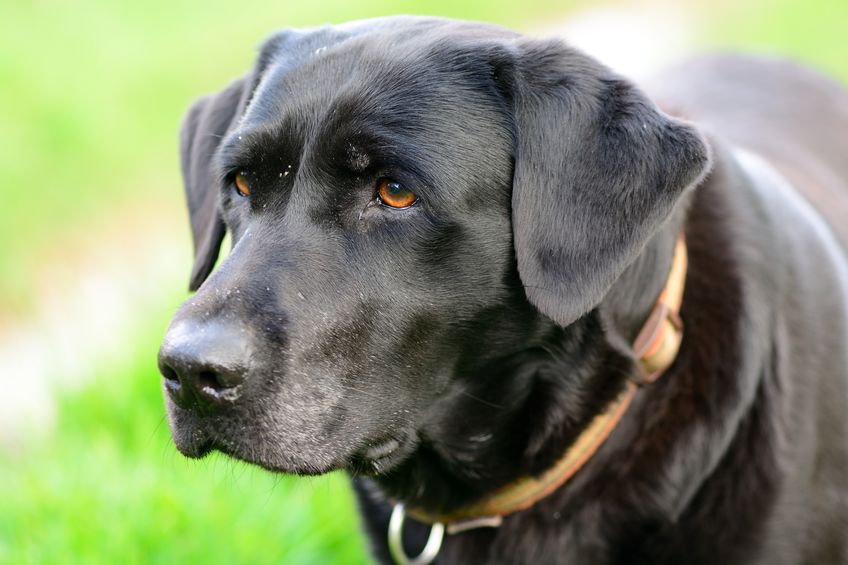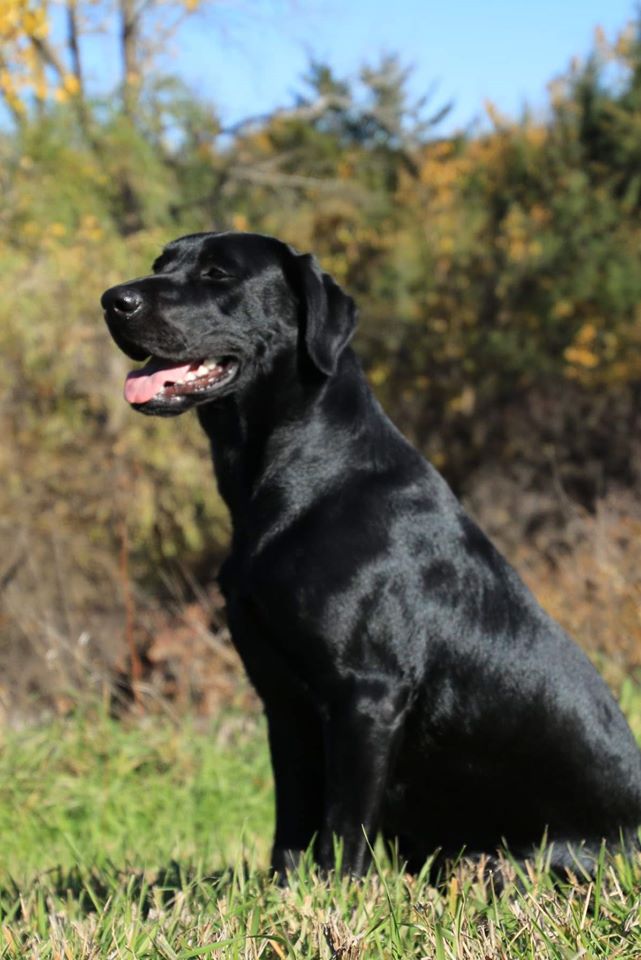
Most dog owners aren’t afraid to admit that they talk to their pups on a regular basis. After all, how else are you going to make sure they know how loved and adorable they are?
Your dog may respond with a little yap or bark here and there, but when they’re truly trying to communicate with you, they use their body. Get familiar with these canine body language basics so you can be sure to listen up the next time your pooch is trying to say something!
The Head
Eyes
When it comes to the eyes, you’ll want to pay attention to size. If your dog’s eyes look rounder than normal with a lot of white showing, this can mean they’re feeling tense or uncomfortable—often called a “whale eye”. On the other hand, a smaller, narrowed eye can indicate your dog is feeling aggressive, threatened, or unwell.
Mouth
A relaxed, comfortable dog will likely have their mouth partially opened, slightly upturned into a “smile” at the corners, and may be panting. A closed mouth with a long “pulled back” lip is typical of a dog feeling fearful. If their muzzle is wrinkled and teeth are displayed in a snarl, your dog is trying to be assertive and may be ready to bite.
Ears
A dog’s ears can be very telling if you know what to look for. If the ears are held high and forward on the head, your dog is feeling alert and interested or, potentially, aggressive. Take note of their other body language to distinguish. Ears that have been pulled back or lay flat against the head indicate fear or submission.
The Body
Notice the way your dog is carrying themselves and moving their body as a whole. If they’re feeling playful and comfortable, their posture will be loose and relaxed. If they’re crouching, lowering their head and leaning away—trying to appear smaller—then they’re likely scared or displaying submission.
A dog who is making an effort to look larger with their chest and head held high, or may even be leaning forward a bit, is trying to assert dominance or show anger.
The Tail
You probably already know to look at the positioning of your dog’s tail to decipher how they’re feeling, but you should also pay attention to the movement as well. For example, a low-hanging tail that is relaxed or almost in a neutral position is likely calm and happy. If the tail is hanging low and wagging stiffly or rigid, however, this is a sign of fear.
The same, stiffly wagging tail held high indicates agitation or discomfort. If their high tail is loose or moving rapidly from side-to-side or in a circular motion, your pup is interested and excited. The higher they hold their tail, the more excited they are.
Ready to test out your translation skills with a dog of your own? Bring home a Pointing Lab from Lankas Labs! Our pups are well-trained and socialized, making them the perfect family and hunting companions.
Give us a call at 785-626-9313 today to inquire about our upcoming litters and reserve your Lankas lab!

